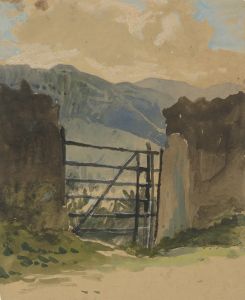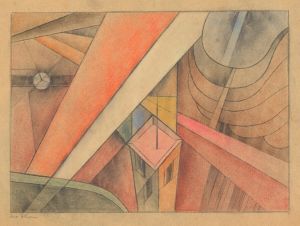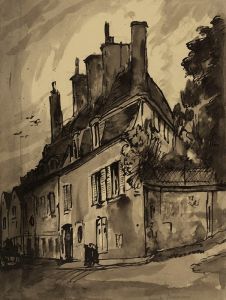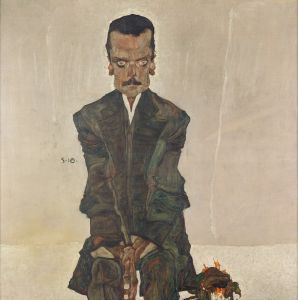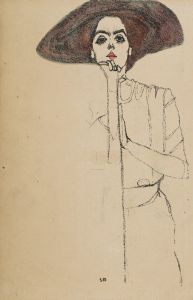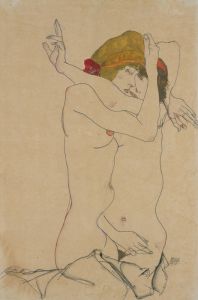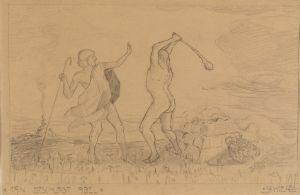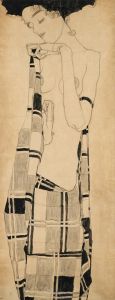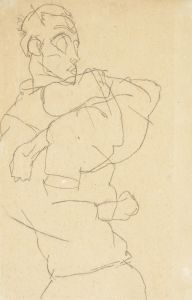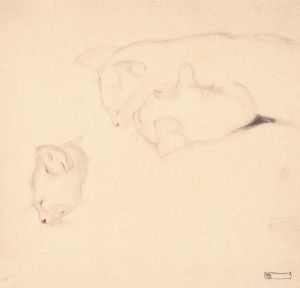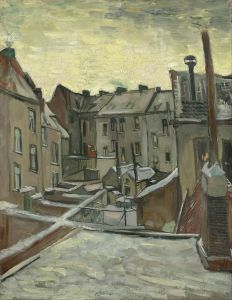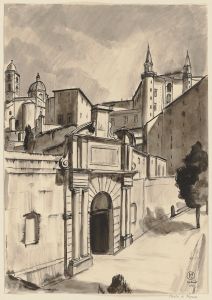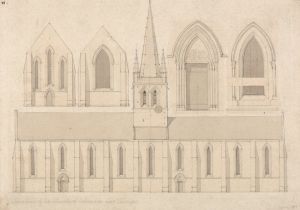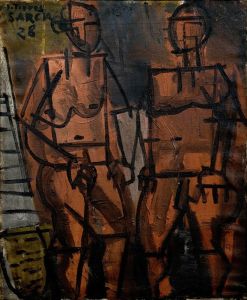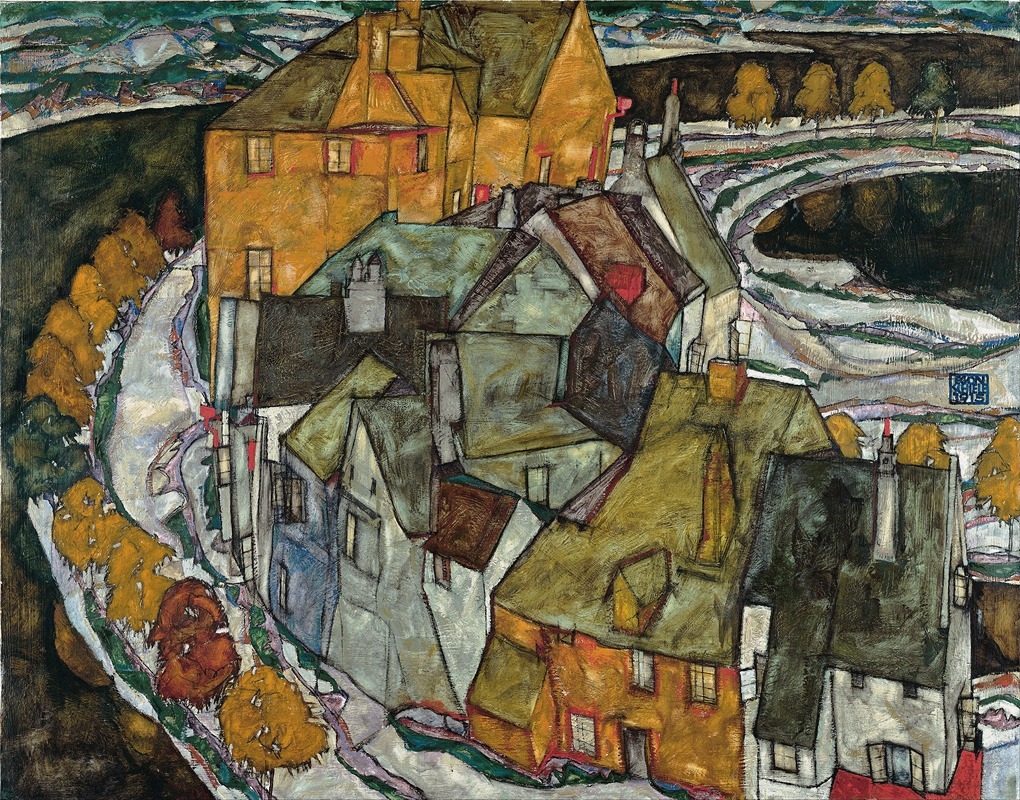
Crescent of Houses II
A hand-painted replica of Egon Schiele’s masterpiece Crescent of Houses II, meticulously crafted by professional artists to capture the true essence of the original. Each piece is created with museum-quality canvas and rare mineral pigments, carefully painted by experienced artists with delicate brushstrokes and rich, layered colors to perfectly recreate the texture of the original artwork. Unlike machine-printed reproductions, this hand-painted version brings the painting to life, infused with the artist’s emotions and skill in every stroke. Whether for personal collection or home decoration, it instantly elevates the artistic atmosphere of any space.
Egon Schiele, an Austrian painter known for his distinctive style and contribution to early 20th-century art, created "Crescent of Houses II" in 1915. This work is a part of Schiele's exploration of urban landscapes, which he approached with the same intensity and emotional depth as his more famous figurative works. Schiele's landscapes often reflect his interest in the psychological and emotional resonance of his subjects, and "Crescent of Houses II" is no exception.
The painting depicts a row of houses arranged in a crescent shape, a composition that suggests both unity and isolation. Schiele's use of color and line is particularly notable in this work. He employs a muted palette, dominated by earthy tones, which gives the painting a somber and introspective mood. The lines are sharp and angular, characteristic of Schiele's style, and they convey a sense of tension and unease. This approach to urban landscapes was relatively unique at the time, as many artists focused on more idyllic or picturesque scenes.
"Crescent of Houses II" was created during a tumultuous period in Schiele's life. The year 1915 was marked by personal and global upheaval, as World War I was underway and Schiele himself was conscripted into military service. Despite these challenges, Schiele continued to produce art, and his work from this period often reflects the uncertainty and anxiety of the time. The painting can be seen as a reflection of the instability and fragmentation of early 20th-century Europe, as well as Schiele's own inner turmoil.
Schiele's approach to landscapes, including "Crescent of Houses II," was influenced by his mentor, Gustav Klimt, and the broader Vienna Secession movement, which sought to break away from traditional artistic conventions. However, Schiele's work is distinguished by its emotional intensity and psychological depth, which set it apart from his contemporaries. His landscapes are not mere representations of the physical world but are imbued with a sense of existential inquiry and introspection.
The painting is housed in the Leopold Museum in Vienna, which holds one of the largest collections of Schiele's works. The museum is dedicated to Austrian art from the late 19th and early 20th centuries and provides valuable context for understanding Schiele's place within the broader art historical narrative. "Crescent of Houses II" is an important piece within this collection, showcasing Schiele's innovative approach to landscape painting and his ability to convey complex emotional states through his art.
Egon Schiele's "Crescent of Houses II" remains a significant work for its unique portrayal of urban landscapes and its reflection of the broader socio-political context of its time. Through his distinctive style and emotional depth, Schiele offers viewers a glimpse into the complexities of early 20th-century life and the enduring power of art to capture the human experience.





